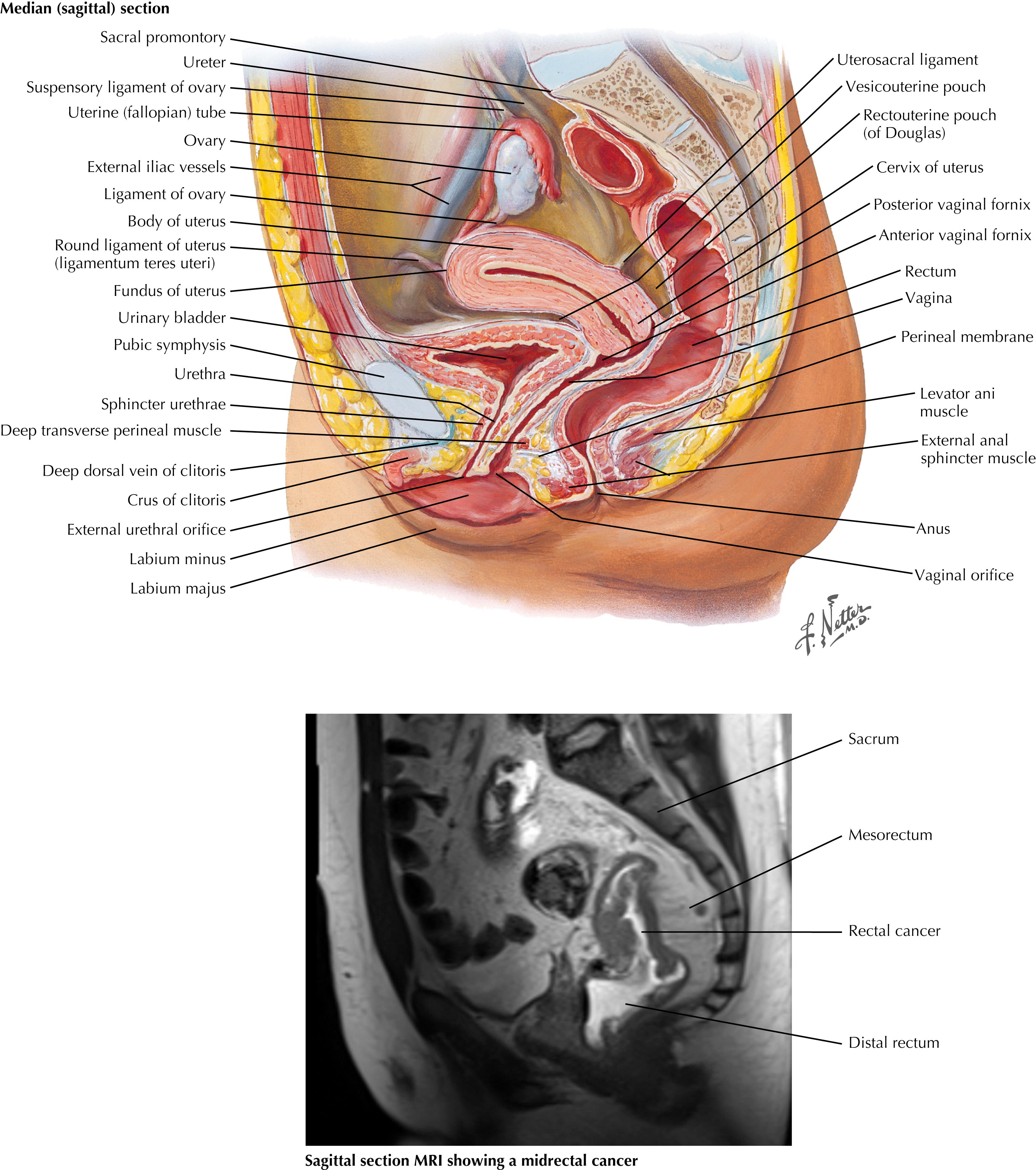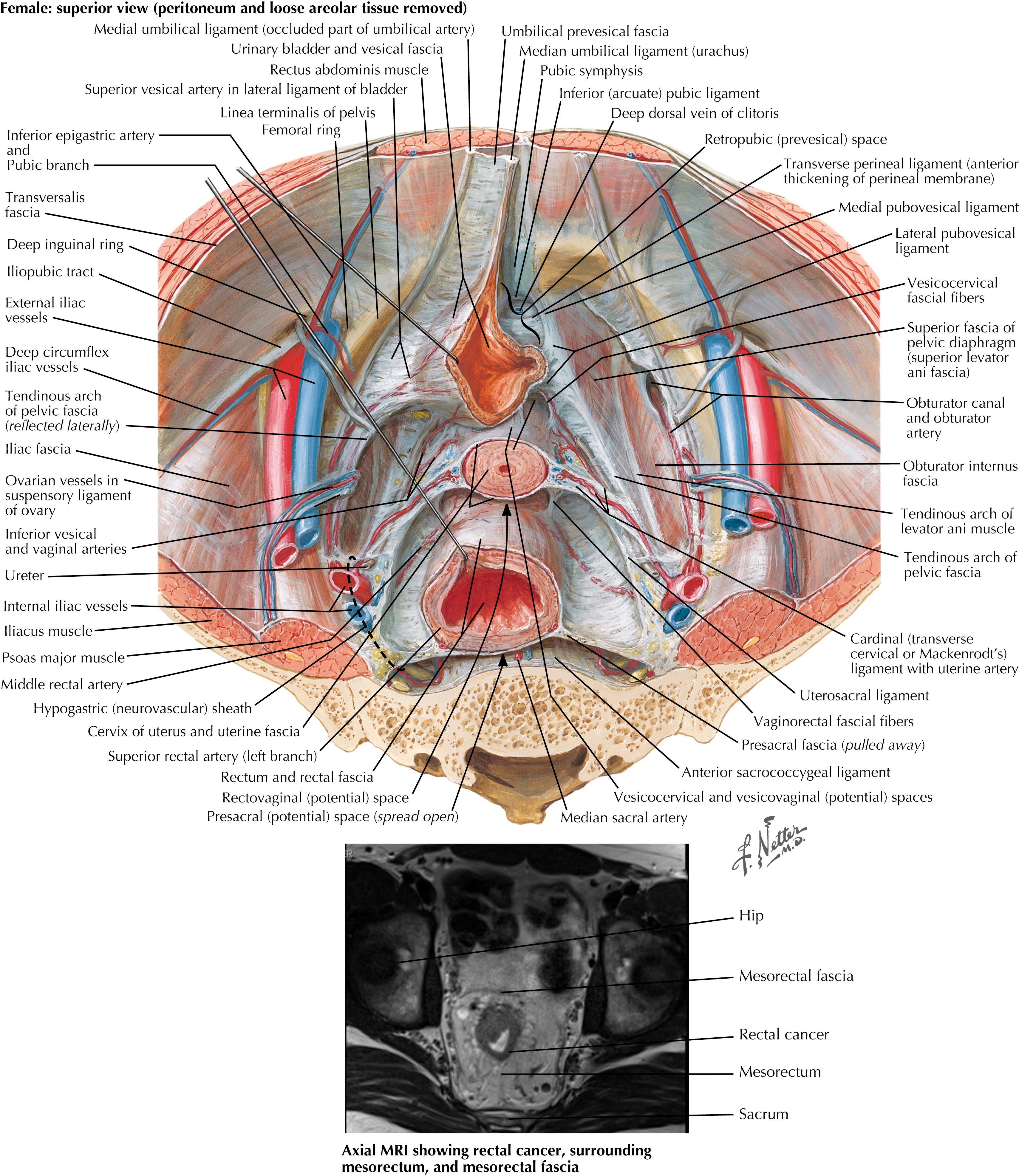Physical Address
304 North Cardinal St.
Dorchester Center, MA 02124
Colorectal cancer is the second most common tumor in men and women in the Western world. Tumors occur most frequently in the rectum and sigmoid colon and are usually treated by resection and primary anastomosis. Surgery is the mainstay of therapy, and patients with positive nodal disease also require adjuvant chemotherapy. Some additional patients require radiation treatment preoperatively.
Rectal cancer is a more challenging surgical problem than colon cancer, and its management is more complex. Since Miles’ initial description of abdominoperineal resection in 1925, the main change in approach occurred when Dixon described the technique of anterior resection and re-anastomosis for tumors of the upper rectum and distal sigmoid. The surgical principles involve wide resection of the rectum, including the entire investing fascia with the enclosed mesentery of the rectum. The results of total mesorectal excision (TME) indicate that complete excision with clear radial margins is important and that local recurrence rates much lower than 10% can be achieved with good surgical technique.
The current standards of care for patients with low rectal cancer include complete excision of the rectum and surrounding mesorectum, ideally ensuring a minimal distal margin of 1 to 2 cm before a coloanal anastomosis is performed, although this is subject to anatomy, tumor location, and tumor differentiation. In general, this procedure is performed in conjunction with a high ligation of the inferior mesenteric artery and vein and mobilization of the splenic flexure. The autonomic nerves are carefully protected. Patients with colon or middle or upper rectal cancer require a minimum 5-cm proximal and distal margin, with at least 12 lymph nodes being harvested in the mesocolic excision.
Preoperative imaging of rectal cancer is extremely important and helps define tumors that may threaten the circumferential resection margin, therefore requiring preoperative chemoradiation. Both sagittal and coronal views are obtained, and magnetic resonance imaging (MRI) is used more frequently because of the high-quality resolution obtained ( Figs. 30.1 and 30.2 ). Ultrasound is also used in the assessment of rectal cancer and can provide excellent results for T staging (tumor infiltration), particularly of early T-stage lesions.


Become a Clinical Tree membership for Full access and enjoy Unlimited articles
If you are a member. Log in here